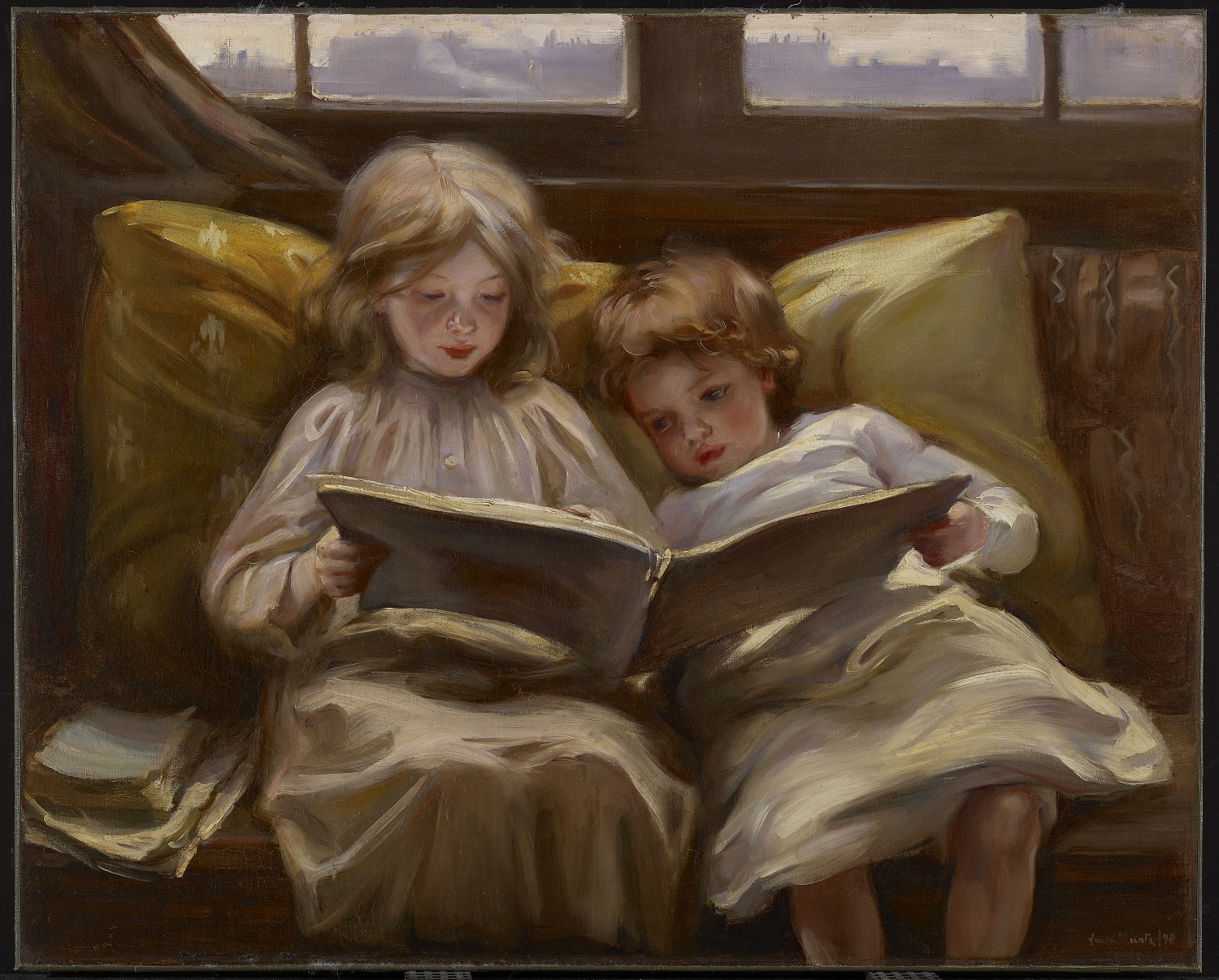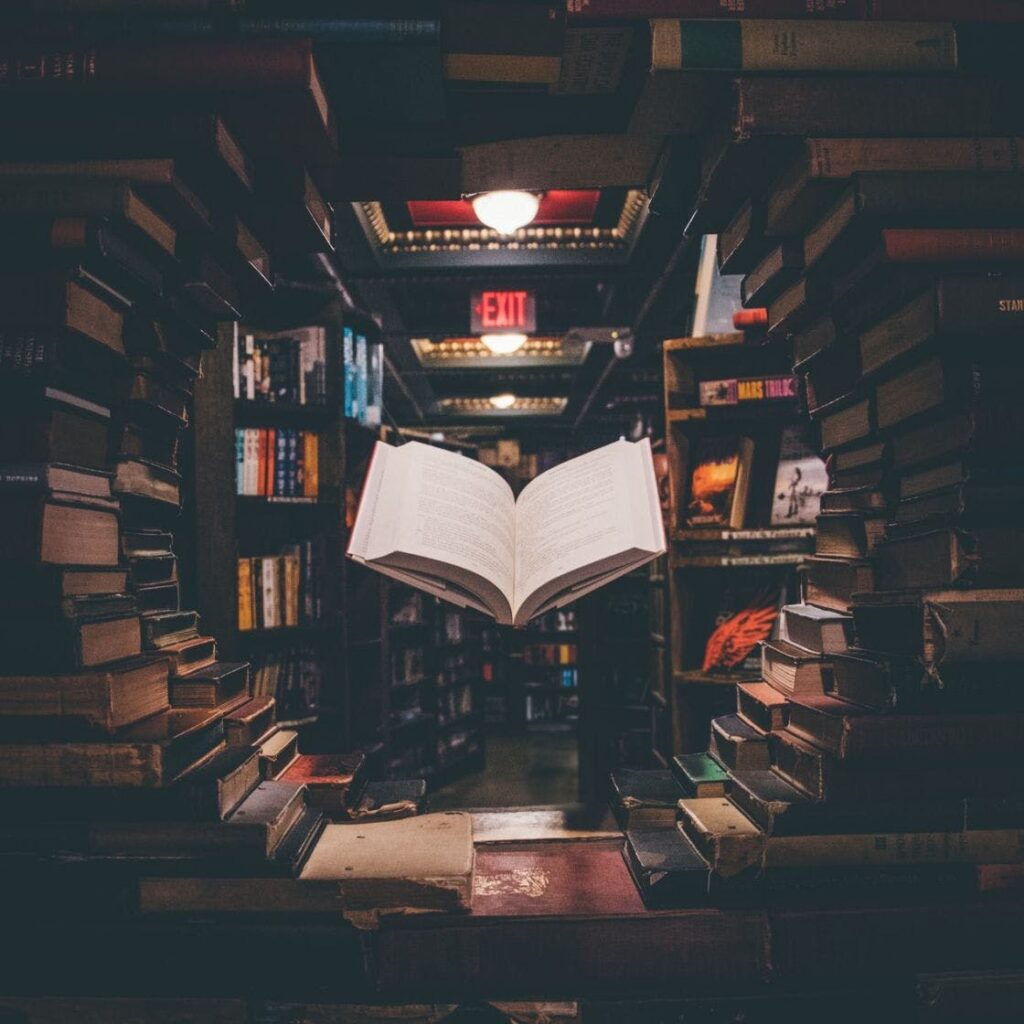Jorge Hernandez Lopez
Professors Anna Voisard and Kylee Pastore
FIQWS Reading and Writing Fairytales and Re-Writings
17 November 2022
Wishing for Love and Falling Two Dollars Short
Money is just as important as love in marriage. This idea goes back to ancient times and is shared throughout different civilizations. Not only is the economic wealth a factor but also the social status. One’s position in the socioeconomic hierarchy determines their marriage candidates, all within a range similar to one’s own level, limiting displacement into other classes. This groups people into classes and causes segregation. This social structure shows up all over be it in culture or religion, and an instrument of these is literature. Through it ideas are cemented in the minds of the people, generation after generation. Few genres can match the impact of fairytales, with their morals and audiences of all ages. Aladdin being one of the most memorable fairytales, is a conductor of values, to the youth in their formative years as well as to general culture as a reference point. With its clear socioeconomic classes, the story demonstrates the issues of a cross-class marriage. Filled with lies, impersonation and acts of overcompensation, Aladdin shows how unfitting people from different classes are for each other. Even as they make it work, thanks largely to the help of magic. It reinforces the trope that cross-class marriages are problematic and the alternative, within the same class, is a better fit. The value of love is therefore factored in similar levels to wealth and class. In Aladdin, cross-socioeconomic class love/marriage is frowned upon, reinforcing restrictive societal norms, where love/marriage must be within the same class.
It’s pretty evident that the tale places an emphasis on the socioeconomic status of Aladdin and Jasmine. Aladdin and the Wonderful Lamp, part of the collection of Arabian Nights, highlights their disparity, as they could not have backgrounds more different (Lang). While Aladdin is a poor boy, accustomed to the streets, Jasmine is the daughter of the Sultan, with plentiful help to her service. Aladdin can go around the city, with freedom to do as he wishes. On the other hand, Jasmine’s interactions with people are limited by the Sultan to zero. Both affected by their status, unconsciously wish for something more, something different. When “The princess lifted her veil as she went in and looked so beautiful that Aladdin fell in love with her at first sight”, Aladdin suddenly had something to pursue (333). This socioeconomic characteristic of the tale is found generally in all versions of it, be it rewritings or movies. In the modern Aladdin (2019) version, the portrayal of their socioeconomic differences is intact, unprovable love, that without magic it would have not come to fruition.
Under normal circumstances Aladdin would have not had the chance to pursue Jasmine and have an actual opportunity at marrying the daughter of the Sultan, the princess. Only through the use of magic is Aladdin able to come up with gifts and the façade necessary to warrant the acceptance of the marriage by the Sultan. “Aladdin goes through a transformation process after wishing for Genie to make him a prince, which ultimately amounts to an increase in wealth, privilege, and status — three areas he believed would allow him to be noticed by Jasmine and society at large.” (Patterson 2019). It ends up working for Aladdin, as Jasmine ends up marrying him. He ends up asking for too much though, it ultimately comes back to bite him as he loses, albeit temporarily, his status as well as Jasmine and his palace. Even as Aladdin does not know limits as he is young and lacks certain knowledge, his wishes of extravaganza surpass even the terms of marriage for the hand of Jasmine by the Sultan. He not only fulfills the Sultan’s terms, but ends up fulfilling his own dreams too, creating the most majestic palace, with the rarest materials, all for him and Jasmine. It all adds up to this fakeness he builds to be good enough for Jasmine. Little does Aladdin know that his wealth is the last thing Jasmine cares for, instead his heroics what makes Jasmine run to his arms.
Not only seeking his arms, Jasmine seeks her dreams, just like Aladdin, but for her it is her freedom that she seeks. Having been confined to her palace her whole life, her experience in life has been limited, by luxuries and by restrictions. In Wealth, Status, and Privilege in Aladdin, “Princess Jasmine is one of the wealthiest, most powerful people in Agrabah but she too is extremely restricted by her economic rank. She just wants to be free to explore outside of the palace and to marry for love, however her royal responsibilities prevent her from having these freedoms.” (Carradine 2016). Polarizing contrast from Aladdin’s experience. She doesn’t even have the freedom to pick Aladdin as her husband, but once arranged into marriage by her father, she suddenly experiences freedom, next to the man who has had it all his life.
Lack of freedom to be with anyone of whatever background is what we see in Aladdin but the shaming of cross-class marriage in other media is often shared. That marriage should be within one’s own class. As if cross-class marriage or love were not normal or unrighteous. In Stephen Sharot’s The end of the Golden Era and After, a deep study in literature and media shows that in the event of a cross class marriage, it is out of sheer luck, or magic, but never normal. This can be in both ways, lower socioeconomic status female partner, “a girl like her cannot marry a millionaire, he explains that there are very few millionaires and millions of girls like Janie who wish to marry one”, or lower socioeconomic status male partner (2017). The number of sources with stories with a cross-class romance is minimal. This representation only forces a culture against the formation of such marriages. “During the 1950s, the number of cross-class romances released each year was no more than four and they became even more exceptional after 1957” (2017). Those numbers have continually stayed low.
It must be said that even as the number of media and literature depicting cross-class marriage is low, the ones that do, do so effectively. Aladdin and Jasmin both struggle through their realities yet they make their relationship work. In Wealth, Status, and Privilege in Aladdin, we see a change, “Aladdin believed his upgraded status would solve all his problems and make Jasmine fall in love with him. Unbeknownst to him, however, the princess had already started falling for him after getting to know the man underneath back in the streets of Agrabah.” (Patterson 2019). The transformation of the main characters is a process visible and understood. Even as the reason why they ended up together includes magic, and deception, love wins at the end. This is similar to the frame story from the collection of Arabian Nights, the major story. In The Uses of Enchantment : the Meaning and Importance of Fairy Tales, we see its psychological dissection, into transformation “What greater testimony can we have to the power of all fairy tales to change our personality…murderous hatred has been changed into enduring love” (Bettelheim 89). It’s part of the bigger story, the massage of transformation and love.
Ultimately it can’t be denied that the core of the story treats this disparity of classes as a conflict. Their issue in their romance commences with this contrast of socioeconomic realities. So much that it is subsequently filled with lies and schemes. The struggles that come with this, inevitably causes drama in their marriage and the possibility of separation, for various reasons. Ultimately it bonds them stronger together as they fight through these problems together and grow fond of the other, the genuine other. Even as love wins, it does not take the stigma away of their cross-class marriage. It symbolizes how hard it can be to achieve it. A representation of society today, the same moral code exists in 2022 in the U.S. as it does in the year 1000 AD in the Middle East, at least for cross-class marriage. The lack of representation of such marriages is not the problem, but rather how they are represented; that reinforces the idea, to marry within your own socioeconomic class.
Works Cited:
Aladdin. Directed by Guy Ritchie. Performances by Mena Massoud and Naomi Scott, Walt Disney Pictures, 2019.
Bettelheim, Bruno. The Uses of Enchantment : the Meaning and Importance of Fairy Tales. Vintage books ed., Vintage Books, 1989, pp. 86-90.
Carradine, Jessica. “From Street Rat to Sultan: Classism in Aladdin.” Legend of the Lamp, 28 Feb. 2016, https://legendofthelamp.wordpress.com/2016/02/01/from-street-rat-to-sultan-classism-in-aladdin/.
Lang, Andrew. Arabian Nights. Andrews UK, 2010.
Patterson, Corey. “Wealth, Status, and Privilege in Aladdin.” Pop Culture and Theology, 17 June 2019, https://popularcultureandtheology.com/2019/06/19/wealth-status-and-privilege-in-aladdin/.
Sharot, Stephen. “The End of the Golden Era and After.” Love and Marriage Across Social Classes in American Cinema, Springer International Publishing, 2017, pp. 227–58, https://doi.org/10.1007/978-3-319-41799-8_8.




